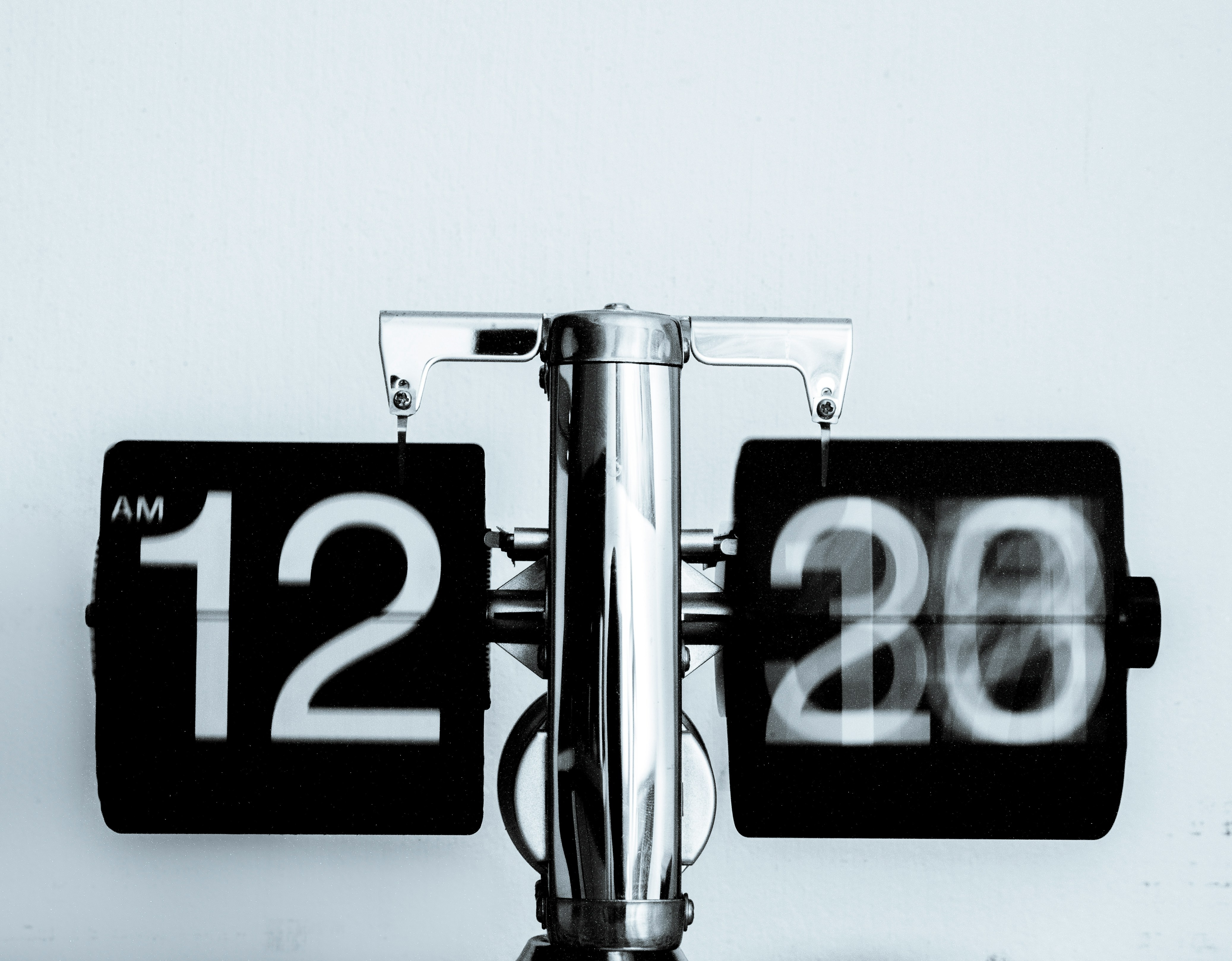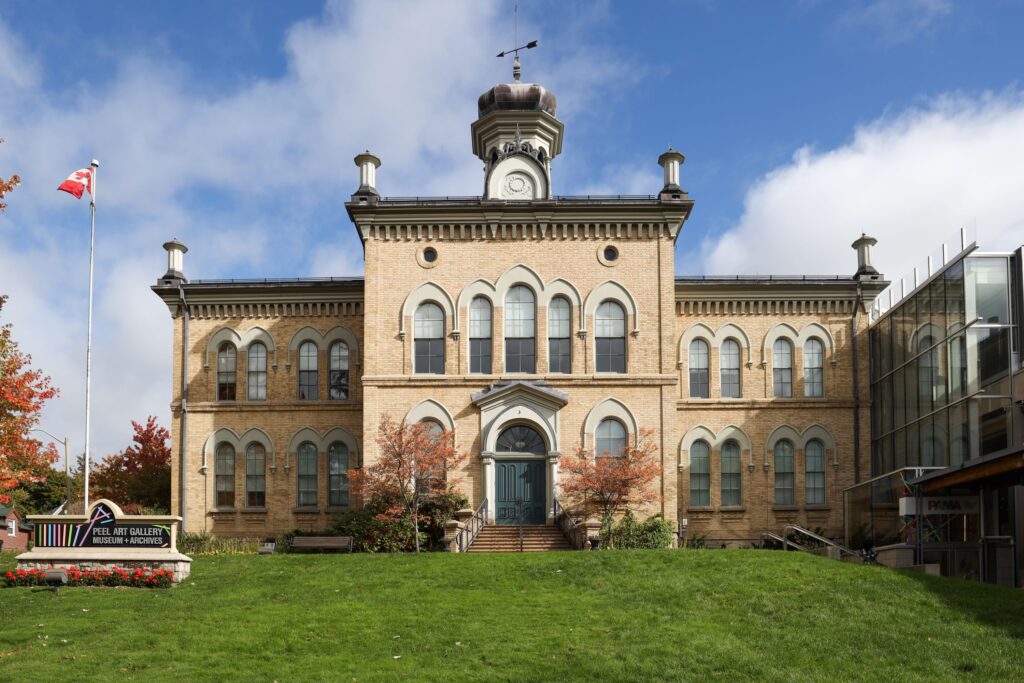If you’re new to Canada, prepare to hear about Daylight Saving Time (DST). It’s that time of year when we all adjust our clocks—either forward or backward—to make the most of the daylight. But don’t worry, it’s pretty simple, and this blog will explain what it means for you, when to change your clocks, and which parts of Canada don’t follow DST.
What is Daylight Saving Time?
In Canada, Daylight Saving Time (DST) is a way of making the most of the daylight hours. In the spring, we “spring forward” and turn our clocks one hour ahead, and in the fall, we “fall back” by turning our clocks one hour back. This simple change allows us to have more daylight in the evenings during summer and more light in the mornings during winter.
Fun Fact: Did you know that Daylight Saving Time was first proposed by Benjamin Franklin in 1784? He suggested it as a way to save candles by making better use of daylight during the summer months. However, the modern version of DST wasn’t implemented until World War I, when countries introduced it to conserve fuel. Today, over 70 countries around the world observe some form of DST!
When Do We Change the Clocks?

Each year, clocks are adjusted twice:
Spring Forward: On the second Sunday in March, we move the clocks forward by one hour.
Fall Back: On the first Sunday in November, clocks are set back one hour.
For 2024, this means you’ll need to turn your clocks back on Sunday, November 3rd, at 2 a.m. So, when it hits 2 a.m., you’ll switch it to 1 a.m.—giving you an extra hour of sleep!
What Time Will It Be Across Canada?
After we turn the clocks back in November, here’s a look at what time it will be in different regions:
- Eastern Time (ET): Toronto, Ottawa, Montreal (e.g., 7 a.m. becomes 6 a.m.)
- Central Time (CT): Winnipeg, Regina (e.g., 7 a.m. becomes 6 a.m.)
- Mountain Time (MT): Calgary, Edmonton (e.g., 7 a.m. becomes 6 a.m.)
- Pacific Time (PT): Vancouver (e.g., 7 a.m. becomes 6 a.m.)
- Atlantic Time (AT): Halifax, Moncton (e.g., 7 a.m. becomes 6 a.m.)
- Newfoundland Time (NT): St. John’s will fall back by 30 minutes (e.g., 7:00 a.m. becomes 6:30 a.m.)

Does All of Canada Follow Daylight Saving Time?
Not every part of Canada observes Daylight Saving Time. Some regions stick to the same time year-round:
- Saskatchewan: Most of the province doesn’t change its clocks and stays on Central Standard Time (CST) throughout the year.
- Yukon: The territory has stopped changing its clocks and stays on the same time all year, which is permanently set to Pacific Daylight Time.
Some other smaller communities, like Creston, British Columbia and parts of Nunavut, also don’t observe DST.
How Daylight Saving Affect You?
Adjusting to Daylight Saving might feel a little strange at first. Suddenly, it’ll get dark earlier in the evening in the fall, and mornings will feel a bit brighter in winter. But after a few days, your body will get used to the change, and you’ll be back to your regular routine.
If you’re using a smartphone, computer, or tablet, most of these devices will automatically adjust the time for you. But don’t forget to manually update any clocks that don’t sync to the internet, like the one on your microwave.
Final Thoughts
Daylight Saving Time is just one of the many things that make life in Canada unique! Once you get the hang of it, it’s no big deal—just a little adjustment to help make the most of our long summer days and short winter ones. And if you’re ever unsure, just remember: Spring forward in March, fall back in November.





